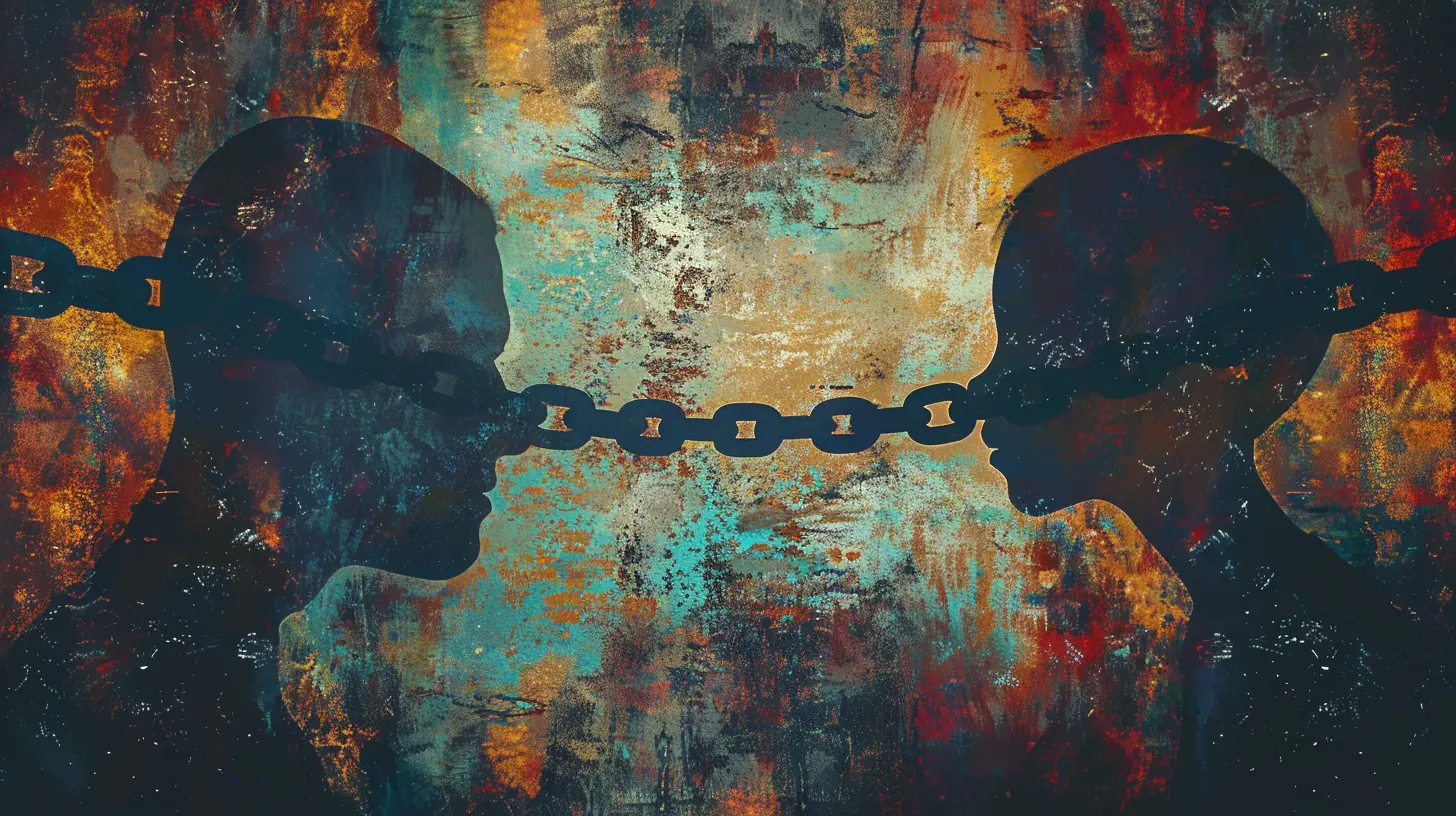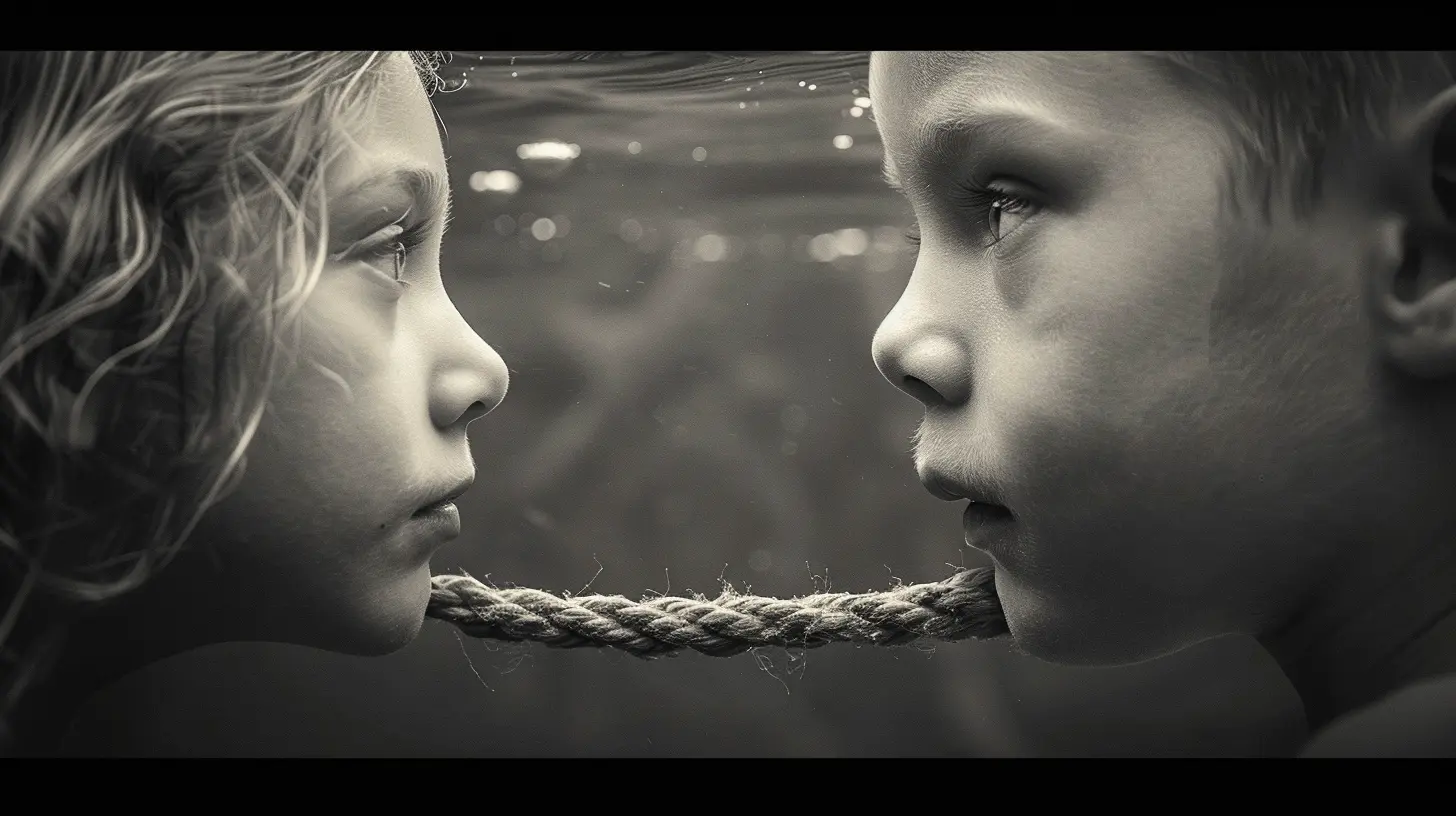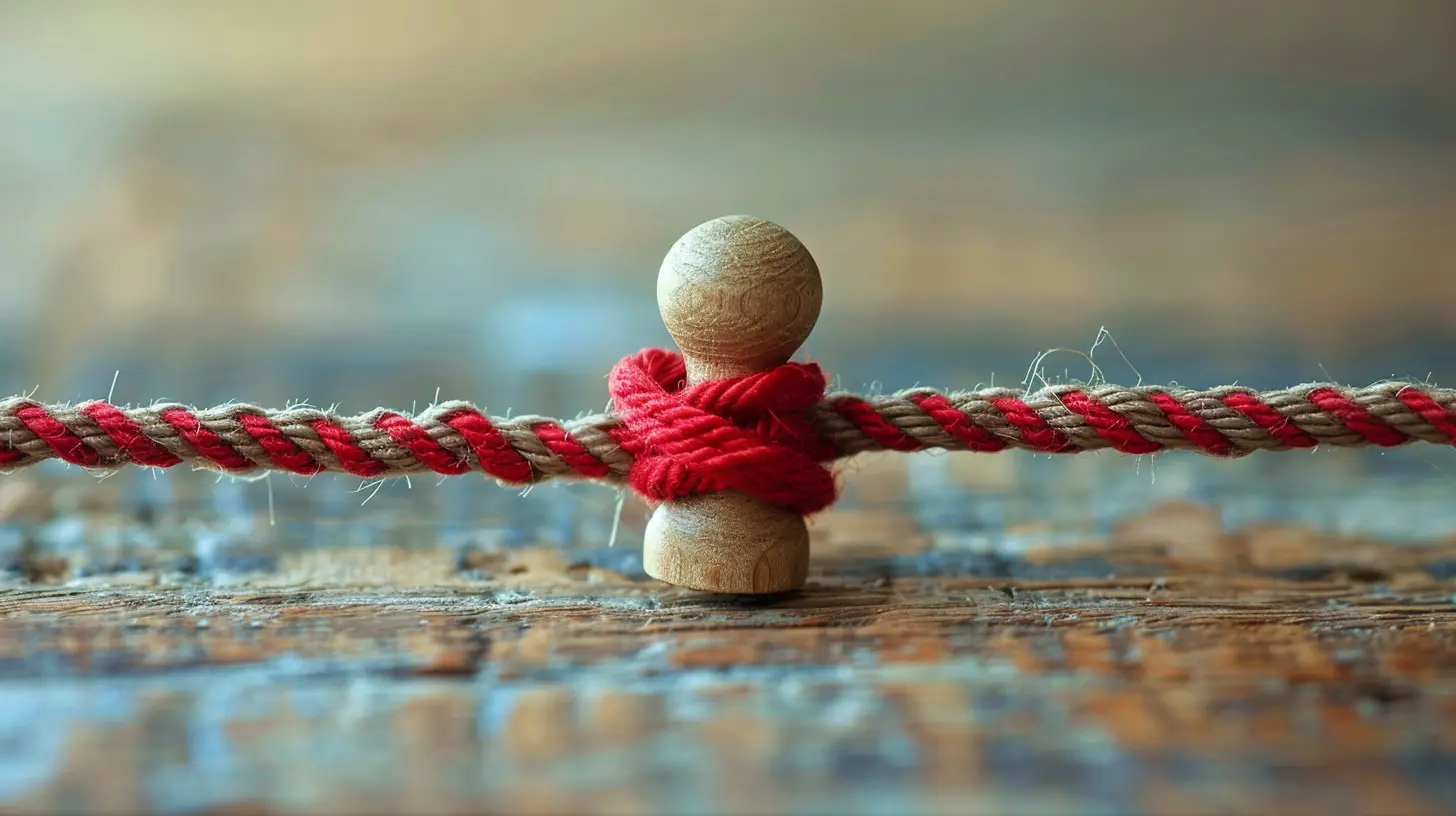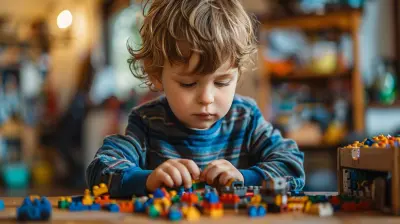Why Connection Is Key to Effective Discipline
9 November 2025
When we think about discipline, what usually pops into our heads? Time-outs, yelling, taking away privileges, maybe even lectures long enough to qualify as bedtime stories. But here's something that might surprise you: the most effective discipline doesn't start with punishment. It starts with connection.
Yes, that’s right. Building a deeper bond with your child – understanding them, empathizing, and accepting their feelings – lays the foundation for truly effective discipline. And I don’t mean effective as in “they do what I say immediately,” but in the long-term, life-shaping, emotionally healthy kind of way.
If you're a parent who's ever yelled and instantly regretted it, or found yourself wondering why your usual discipline tactics aren't working anymore, then this article is for you. Let’s unpack why connection is not just helpful, but crucial when it comes to discipline.
What Exactly Is Discipline?
Let’s get something straight right out of the gate. Discipline isn’t about control. It’s not about creating little robots who obey without question. It’s about teaching. The word “discipline” actually comes from the Latin word “disciplina,” which means “instruction” or “training.”So if we reframe discipline as an opportunity to teach rather than control, suddenly everything shifts. It’s no longer about punishment. It’s about guidance, growth, and – you guessed it – connection.
The Myth of the Punishment-Equals-Respect Formula
Think back: were you ever told something like, “You respect me because I’m your parent”? A lot of us grew up in homes where obedience was mistaken for respect and fear was supposedly a sign that discipline was working.But let’s tell the truth here – being afraid of someone doesn’t mean you respect them. It means you want to avoid getting hurt, shamed, or yelled at. And fear-based discipline might force short-term compliance, but it doesn’t help kids develop internal self-regulation or lifelong decision-making skills.
So what does work?
The Heart of Effective Discipline: Connection
Before diving into specific strategies, let’s look at why connection holds so much power.When your child feels seen, heard, and valued, they're far more likely to listen to you and cooperate. Why? Because humans are wired for connection. Kids especially need to feel emotionally safe and loved to thrive. When they feel that secure bond with you, they’re more open to guidance.
Think about it like watering a plant. You can turn the pot, move it away from sunlight, yell at it to grow differently—but unless you water it, nothing changes. Connection is that water. Without it, discipline dries up.
What Does Connection Actually Look Like?
Connection isn’t just about hugs and saying “I love you” at bedtime (though those are great too!). It’s about emotional attunement – tuning into your child’s experience and showing them they're not alone.Here are a few ways connection can show up:
1. Active Listening
This means giving your full attention when your child talks, not just half-listening while scrolling through your phone or cooking dinner. It’s looking into their eyes, validating their emotions, and being present.2. Empathy First, Solutions Second
When your child throws a fit, resist the urge to fix. Try saying, “Wow, you’re really upset right now. That must feel hard,” before jumping into consequences or advice. This tells your child, “I get you” – a powerful message.3. Quality Time
Carving out one-on-one time, whether it’s five minutes of silly play or a walk together, strengthens the emotional bridge between you and your child. And the stronger that bridge, the more likely they are to cross it when they’re struggling.How Connection Transforms Discipline
Now you might be wondering, “That all sounds nice, but how does connection actually help with discipline?” Let’s break it down.They Feel Safer to Open Up
Kids who feel connected are more likely to talk about their mistakes, fears, and feelings. That means fewer surprises and more chances to guide behavior in healthy, constructive ways.They Internalize, Not Just Obey
When discipline comes from connection, kids begin to develop their own inner compass. Instead of thinking, “I’ll get in trouble if I do this,” they start thinking, “This isn't right, and I care about how it affects others.”They’re More Cooperative
Simply put, when kids feel respected and understood, they’re more likely to respect and understand you. Discipline becomes a two-way street where guidance can flow smoothly.Common Discipline Challenges and How Connection Helps
Let’s tackle some everyday parenting struggles and see how connection can make a huge difference.The Power Struggle
Your child refuses to clean up or brush their teeth, and it becomes a battle of wills. Sound familiar?Connection Tip: Pause and empathize. “I get that you don’t want to stop playing. It’s hard when we have to do something we don’t feel like doing.” Then, offer a choice. “Do you want to clean up with the timer or with music?” Empowerment builds cooperation.
The Tantrum Tornado
Your toddler is on the grocery store floor screaming because you said no to candy.Connection Tip: Stay calm, get down to their level, and validate. “You're really upset right now. I wish we could have candy every time too.” You’re not giving in—you’re showing “I’m with you,” even when it’s hard. This reduces the emotional storm.
Lying or Sneaky Behavior
Your child breaks a rule and tries to cover it up.Connection Tip: Instead of punishment, invite honesty. “It’s okay to make mistakes. What matters is we talk about it so we can work through it together.” When kids know connection isn’t withdrawn when they mess up, they’re less likely to hide things.
Discipline Through Connection: Practical Strategies
So how exactly do you discipline through connection? Here’s your parenting toolbox, packed and ready.1. Set Clear Expectations – Collaboratively
Instead of announcing rules like a dictator, involve your child in creating family agreements. This empowers them and increases buy-in. For example, “What should our bedtime routine look like?” invites cooperation.2. Use Natural and Logical Consequences
Rather than arbitrary punishments, let the consequence relate directly to the behavior. If they draw on the wall, they help clean it up. It’s respectful, makes sense, and keeps the emotional connection intact.3. Focus on Repair, Not Blame
Teach your child how to make things right. Hurt someone? Apologize and find a way to show kindness. Spilled something? Let's clean it up together. This maintains the relationship and teaches responsibility.4. Model Emotional Regulation
Ever notice how your mood sets the tone in the house? When you stay regulated during conflict, your child learns to do the same. Take a breath, pause before reacting, and show them that big feelings don’t have to mean big explosions.It's Not About Being Perfect
Here’s a little secret: connection-based discipline isn’t about getting it right all the time. You WILL lose your temper. You WILL say the wrong thing. But the beauty of connection is that it allows for repair. Apologize. Reconnect. Keep showing up.Kids don’t need perfect parents. They need present ones. The ones who own up to mistakes, who listen deeply, and who discipline from love, not fear.
The Long-Term Payoff
When you discipline from a place of connection, you're not just raising kids who behave. You're raising emotionally intelligent, empathic, and resilient humans. They grow up knowing how to manage conflict, regulate emotions, and connect with others.And isn’t that the real goal?
Final Thoughts
Discipline without connection is like building a house without a foundation. Sure, you might get it upright, but it won’t be stable—or safe.If you want to shape your child’s behavior in a way that’s compassionate, long-lasting, and rooted in love, focus on your relationship first. Build the bridge. Water the plant. Light the path.
Because at the heart of every behavior is a need. And at the heart of every child is a desire to feel seen, known, and loved.
So the next time you face a parenting challenge, ask yourself not “How do I control this behavior?” but “How can I connect before I correct?”
That, my friend, is where the real magic happens.
all images in this post were generated using AI tools
Category:
Discipline TechniquesAuthor:

Maya Underwood
Discussion
rate this article
1 comments
Cash Hubbard
Building strong connections with our children transforms discipline into guidance, fostering trust and understanding that nurtures their growth and development.
November 11, 2025 at 4:05 AM

Maya Underwood
Thank you for your insight! Building strong connections truly creates a foundation for positive discipline and supports healthy development.


